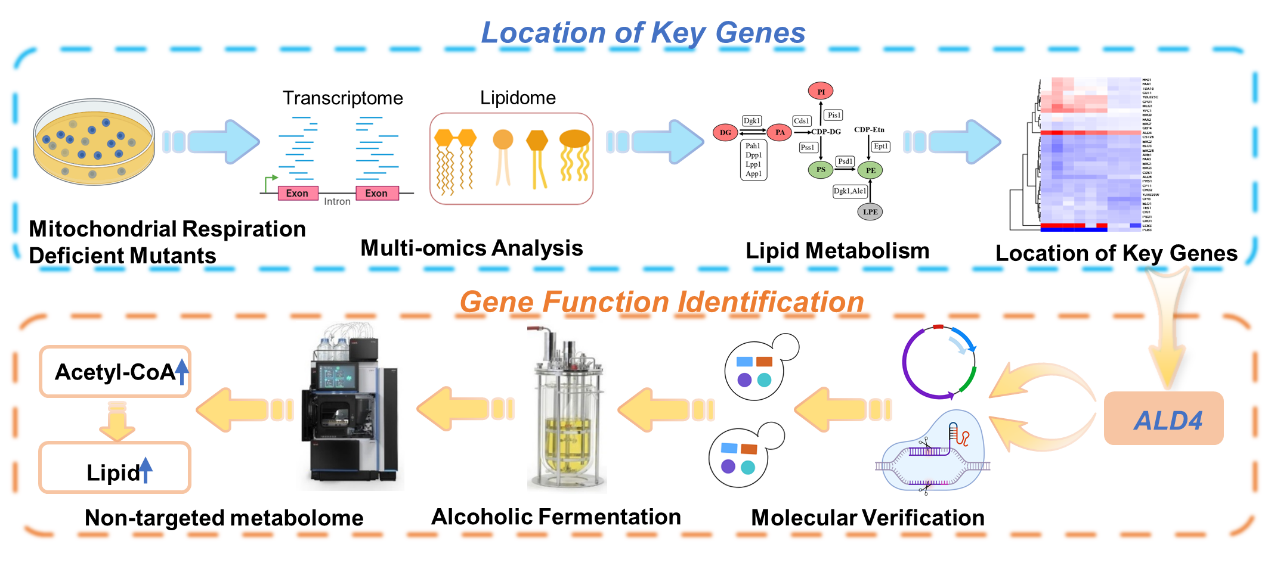Researchers Present New Approach to Boost Yeast Lipid Production
Researchers from the Institute of Modern Physics (IMP), Chinese Academy of Sciences (CAS), along with their collaborators from Lanzhou University of Technology (LUT), have presented a new approach to enhance yeast' s ability to produce high-value lipid compounds. This novel method combines heavy ion radiation with gene editing. The findings were published in Communications Biology, a Nature Portfolio journal.
Yeast, an important microorganism, possesses a valuable capability to synthesize lipids. Lipids extracted from yeast are high-value compounds with broad applications, such as biofuels, nutritional supplements, and cosmetics.
Acetyl-CoA plays a vital role in yeast lipid synthesis, serving as the essential "building block" for lipid production. The efficiency and quality of lipid production heavily rely on the availability of acetyl-CoA. However, traditional lipid synthesis pathways have limitations in maintaining a stable supply of acetyl-CoA, thereby restricting the overall yield.
To enhance the supply of acetyl-CoA, the researchers exposed yeast to heavy ion radiation and conducted a multi-omics analysis, using the Heavy Ion Research Facility in Lanzhou (HIRFL).
"Compared to traditional techniques, heavy-ion radiation offers many advantages, including a higher mutation rate, a broader mutation spectrum, and the ability to produce stable mutants more easily," said Dr. LU Dong, one of the corresponding authors of this study and a researcher from IMP.
The researchers identified and validated a key gene, ALD4, which is involved in lipid metabolism. The ALD4 gene plays a crucial role in producing acetate, a precursor that converts into acetyl-CoA.
By regulating ALD4 expression through gene editing, researchers precisely optimized yeast metabolic pathways, leading to a 17.1% increase in acetyl-CoA production and notable improvements in the yeast' s ability to produce high-value lipid compounds.
"This innovative strategy could be applied to improve yeast fermentation performance in complex industrial scenarios, providing new technical insights for applications in the biomanufacturing field," said Dr. GUO Xiaopeng, another corresponding author of this study and a researcher from LUT.
This work was supported by the National Natural Science Foundation of China, the "Western Young Scholar" key project of CAS 2023 and the Gansu Youth Science and Technology Fund Project.
DOI: https://doi.org/10.1038/s42003-024-07103-7

Figure. Combination of heavy ion radiation and genetic manipulation to create microbial mutants. (Image by IMP)
Contact Information
Institute of Modern Physics
Email: LIU Fang


 甘公网安备 62010202000713号
甘公网安备 62010202000713号


